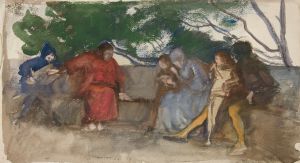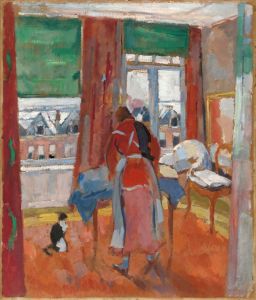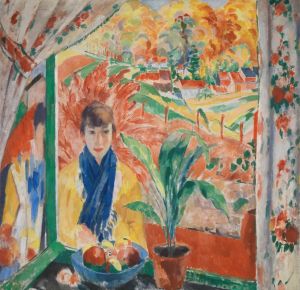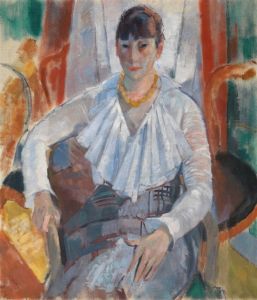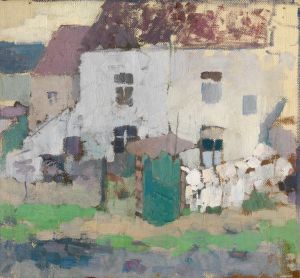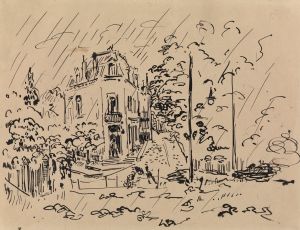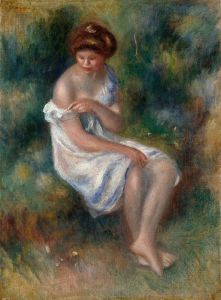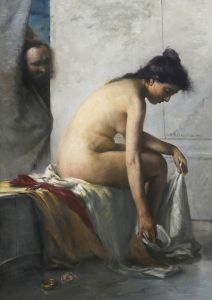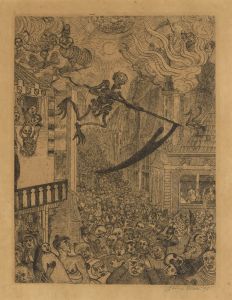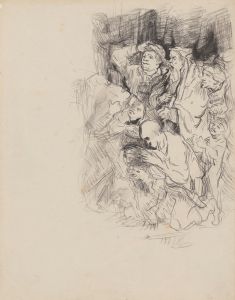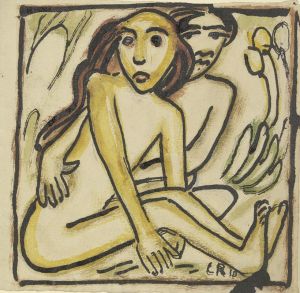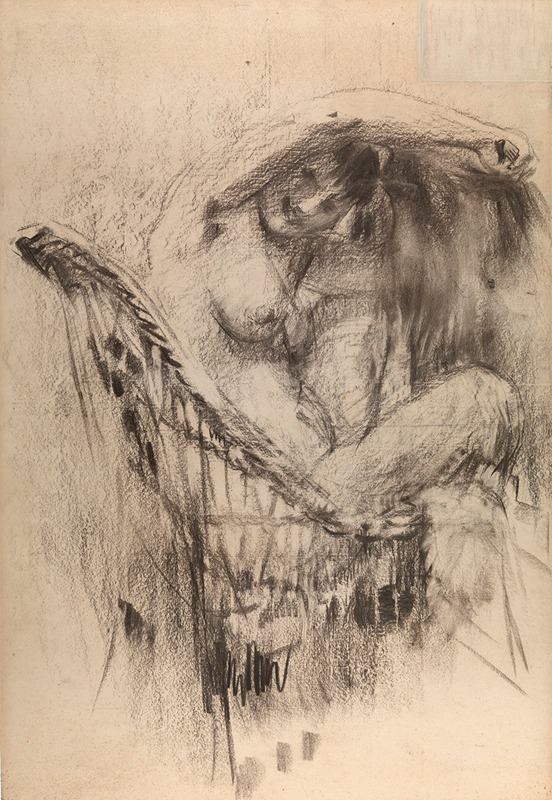
Nude in a Cane Chair
A hand-painted replica of Rik Wouters’s masterpiece Nude in a Cane Chair, meticulously crafted by professional artists to capture the true essence of the original. Each piece is created with museum-quality canvas and rare mineral pigments, carefully painted by experienced artists with delicate brushstrokes and rich, layered colors to perfectly recreate the texture of the original artwork. Unlike machine-printed reproductions, this hand-painted version brings the painting to life, infused with the artist’s emotions and skill in every stroke. Whether for personal collection or home decoration, it instantly elevates the artistic atmosphere of any space.
Rik Wouters (1882–1916) was a Belgian painter and sculptor associated with the Fauvist movement, known for his vibrant use of color and expressive style. One of his notable works is "Nude in a Cane Chair," which exemplifies his approach to capturing intimate and everyday scenes with a sense of immediacy and emotional depth.
"Nude in a Cane Chair" is a painting that reflects Wouters' fascination with domestic life and his ability to infuse ordinary moments with a sense of beauty and significance. The painting depicts a nude woman seated in a cane chair, rendered with bold brushstrokes and a vivid palette that highlights the interplay of light and shadow. The subject is believed to be Wouters' wife, Hélène Duerinckx, who was a frequent model for his works and a significant influence on his artistic vision.
Wouters' technique in this painting is characterized by his use of vibrant colors and dynamic brushwork, which are hallmarks of the Fauvist style. The Fauves, including artists like Henri Matisse and André Derain, were known for their radical use of color to convey emotion and structure. Wouters adopted these principles, applying them to his own unique vision that often centered on intimate, personal subjects.
The composition of "Nude in a Cane Chair" is both simple and sophisticated. The figure is positioned in a relaxed pose, suggesting a moment of repose and introspection. The cane chair, with its intricate pattern, adds a textural element to the painting, contrasting with the smoothness of the figure's skin. Wouters' attention to detail in the chair's depiction demonstrates his skill in balancing complexity with the overall harmony of the composition.
Wouters' work, including "Nude in a Cane Chair," is often noted for its emotional resonance. Despite the simplicity of the scene, the painting conveys a sense of intimacy and immediacy, inviting viewers to engage with the subject on a personal level. This ability to capture the essence of a moment is a testament to Wouters' talent and his deep understanding of human emotion.
During his short life, Wouters produced a significant body of work that continues to be celebrated for its innovation and emotional depth. His career was tragically cut short by his death at the age of 33, but his legacy endures through his paintings and sculptures, which remain influential in the study of early 20th-century art.
"Nude in a Cane Chair" is housed in the Royal Museum of Fine Arts in Antwerp, where it is part of a collection that showcases Wouters' contributions to modern art. The painting is appreciated not only for its aesthetic qualities but also for its insight into the personal and artistic life of Rik Wouters, offering a glimpse into the world of an artist who sought to capture the beauty of everyday life with sincerity and passion.





